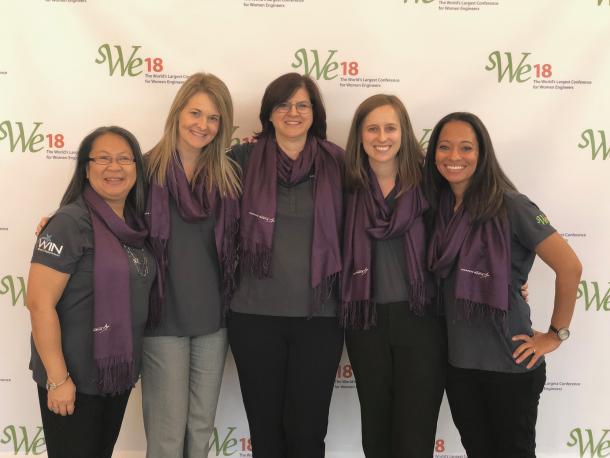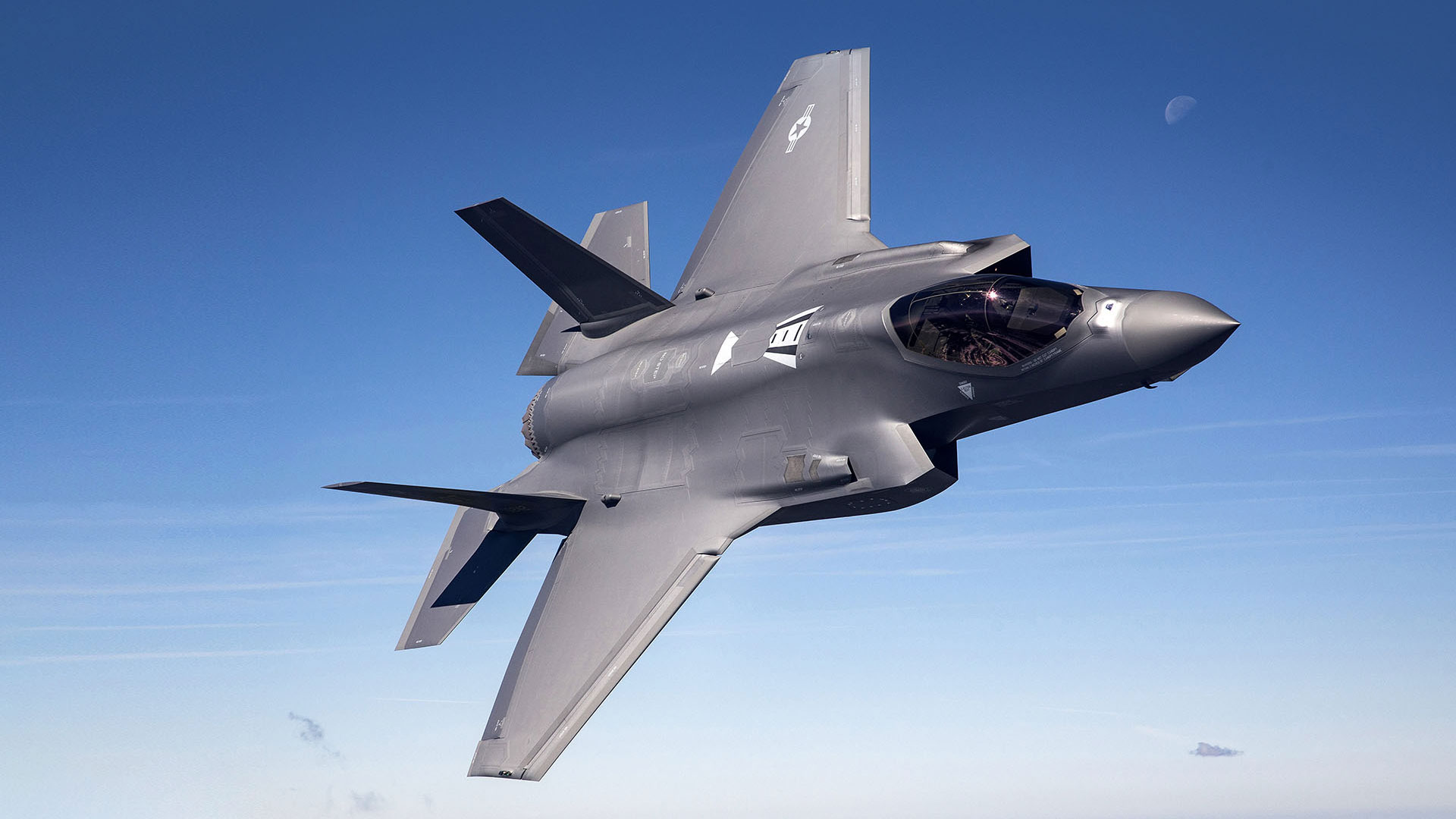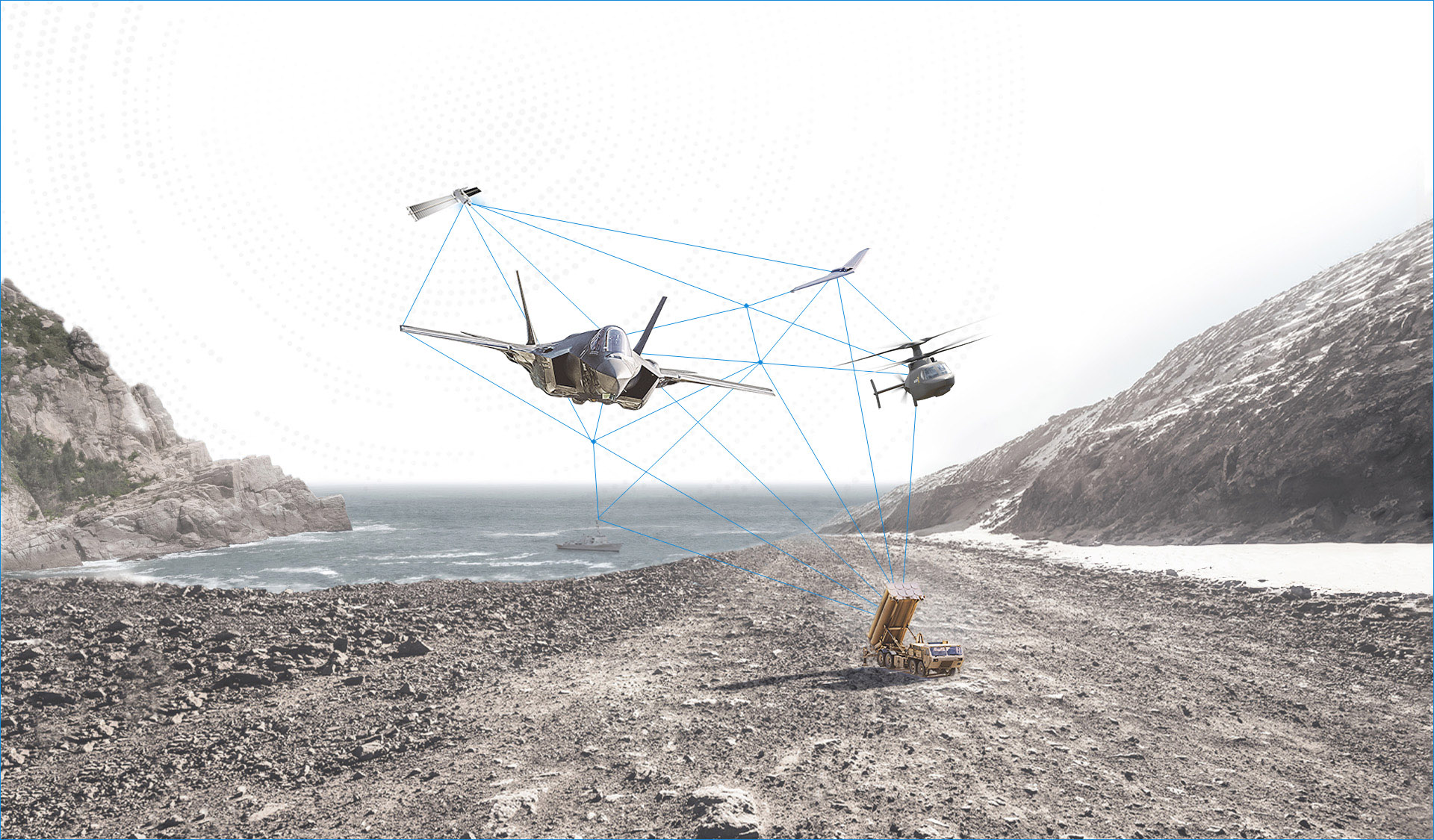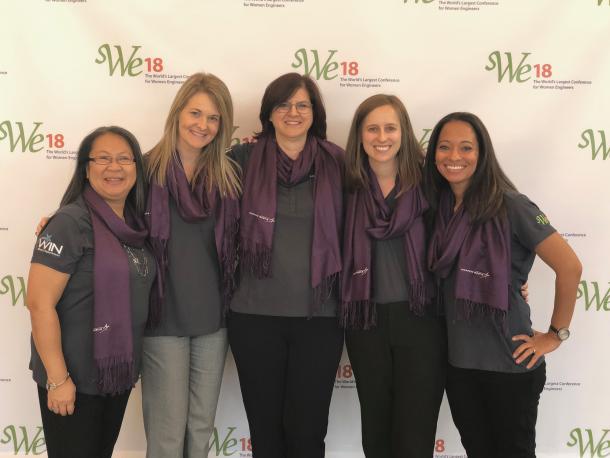STEM Volunteering: Their Mission is Ours
Written by Rebekah Mills, Engineer
It was quieter than expected – the calm before the storm. As the countdown clock ticked away, I could feel excitement brewing among the crowd. We began to count down: “5…4…3…2…1!” Once the clock hit zero, everyone went silent. We saw it before we heard it: plumes of fire lit up the sky as the Atlas V rocket lifted into the air. I waited and waited, and finally the sound waves hit me. I started laughing – I couldn’t believe what I was experiencing. It was such a thrill. I could hear myself saying “wow” over and over again. I don’t know what I expected a rocket to look or sound like, but this far exceeded anything I could have imagined.
I was privileged to attend the Advanced Extremely High Frequency (AEHF) launch last fall, and it was the first time I had ever experienced a launch. The fourth Lockheed Martin-built protected communication satellite successfully launched on Oct. 17 at 12:15 a.m. ET from Cape Canaveral Air Force Station, Florida, aboard a United Launch Alliance Atlas V 551 rocket. Lockheed Martin confirmed signal acquisition at 3:47 a.m. ET.
I was invited to be part of this milestone through the Launch Experience Award Program (LEAP). For every Space launch, LEAP invites ten Space employees with less than five years at the company to attend. Employees are sent to a launch to support and experience the excitement of launch week. Part of this experience involves a Launch and Learn, which is a Science, Technology, Engineering, and Math (STEM) outreach event at a local school.
For our outreach activity, we joined local high school students for an AEHF presentation and then split up into a career path fair to talk to the students about our education and why we chose our career path. Employees from all over the business engaged - recruiters, graphic designers, engineers, and business development analysts. I shared with the students that I’m still trying to figure out what I want to be when I grow up, and that seemed to resonate with them. These students are under so much pressure to figure out what they want to do after high school, and I think it’s important for them to realize that they have time to figure it all out, even later in life. We also emphasized that even if they don’t pursue a STEM career, they could still use their talents in other areas of the business.
This is not my first STEM outreach event – I volunteer as much time as I can teaching a Girls Who Code club. Every week, my group of about 25 middle school girls come to learn basic coding skills and explore how they can use technology to further their own passions, like creating music and games. We also learn about a new female role model each week and discover ways these women applied technology to make a difference in the world. It’s important for kids to see that there are so many different things you can do with coding. Throughout the year, each of the girls works on an “impact project,” which is a coding project they create to impact their school or community.
Empowering these girls with the ability to code is so important to me because I never had the opportunity growing up. I had very limited access to technology in my K-12 schools, and I wasn’t exposed to coding until college. I never imagined that I could one day be a software engineer. This is why I volunteer - I want to reach the kids who don’t normally get reached.

If you couldn’t already tell, developing women in the industry is a passion of mine. At Lockheed Martin, I am the chairperson for the Space Women’s Impact Network (WIN), which has played a huge role in my own development and retention with the company. WIN seeks to recruit, retain, and advance women in our business. Sometimes, being a female in a male-dominated industry can be challenging, so having an organization like WIN helps address some of these challenges.
The LEAP program was a great experience. We learned about why AEHF is important, ate lunch with Vice President of Military Space, volunteered at an outreach event, viewed the launch, and attended a post-launch celebration. At the end of the experience, I became even more excited to support our missions in Space. I know that many employees never have the opportunity to attend a launch, so I am so grateful for this experience!







